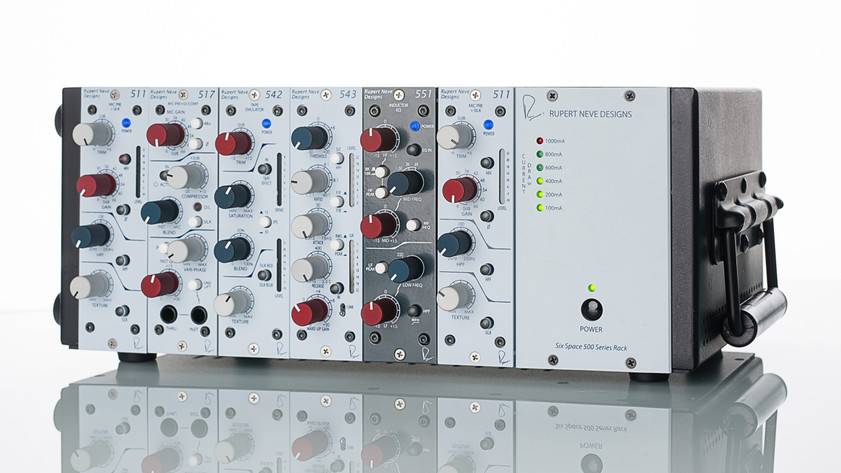
Hello!
Hello! I’m Kaoru, a composer.
Today, I want to talk about a coveted item for composers: the API500 modules.
I’m sure many people wonder, “What exactly is the API500?” So let’s break it down into easy-to-understand terms, even for beginners.
■ What is API500?
The API500 refers to compact processors that are often found in composers’ and engineers’ home studios or commercial recording studios.
Well-known manufacturers like API, dbx, SSL, and Neve offer a wide range of products, so the possible combinations are endless.
The key point is that API500 modules follow a common standard format. ←This is the key!
■ Benefits of API500 Modules
○ Compact Size
Compared to rack-style processors, API500 modules are very compact.
In most households, ‘limited space’ and ‘challenging setups’ are common issues, but the API500 is lightweight and compact, even fitting on your desk.
The portability is also a huge plus!
○ Single Power Source
By connecting API500 modules to a dedicated chassis, you can manage power and I/O from one place.
A single chassis can power 3-6 processors, meaning no cable clutter!
○ Intuitive Control
These compact units consolidate knobs and buttons.
While the control range is more limited than rack-style units, the API500 series is perfect for intuitive operation.
○ Cost-Effective
The API500 modules are far more affordable than rack processors, making them an excellent entry point for those new to outboard gear.
However, keep in mind that collecting versatile modules like mic preamps, compressors, and equalizers can still add up to around 200,000 yen—quite an investment!
■ Choosing a Dedicated Chassis (Power Frame)
The chassis is crucial for running each module, so here are some points to consider when choosing one:
○ Power Supply Capacity
This is essential for maximizing module performance and it is always listed in the product description.
Make sure to check the product specs to confirm if it can sufficiently power your chosen modules.
○ Mounting Capacity
The number of modules a chassis can accommodate varies.
Some hold around 3, while others hold up to 10.
Personally, I think 6 slots are sufficient!
Now, let’s pick up some recommended products available at Sound House!
Lindell Audio / 506 Power MkII
This chassis can accommodate up to six API modules.
The unit itself only includes the input and output sections of the modules, with power supplied from a separate unit.
By having a separate power supply, it minimizes noise, resulting in clear sound and stable operation.
With the dSUB connector and feed switch on the rear panel, you can mix simply without dealing with tangled cables.
Each slot provides a stable 400mA, so most modules can be used without any issues.
There’s no need to worry about compatibility or combinations.
While it’s great for beginners, it also offers enough performance for professional use!
SSL (Solid State Logic) / 500 Series SiX Channel Strip Module
This channel strip from Solid State Logic, a brand trusted by professionals, has long been a favorite.
Its popularity is so enduring that software versions are now sold by various companies!
Despite its compact size, it includes:
- Microphone preamp
- Low & High equalizer
- Single-knob compressor
These versatile effects are highly effective, making it perfect for processing vocals, guitars, bass, drums, and many other instruments!
Its relatively affordable price also makes it easy to integrate into your setup, which is a great bonus!
Rupert Neve Designs / Portico 535
This compressor from Rupert Neve Designs, known for creating iconic gear worldwide, condenses all the essential control knobs needed for perfect compression settings.
Additionally, it features a highly visible, real-time LED channel meter, allowing you to visually monitor the compression effect as it happens.
It’s easy to use not only for recording individual instruments but also for 2-mix data.
The punchy, impactful sound is unmistakably Rupert Neve’s signature!
API / 5B1
This panel is used as a cover when the rack is not fully mounted.
Using the panel not only enhances the appearance but also protects the inside of the chassis from dust.
Since it’s high-end gear, make sure to use it if you have any empty spaces in your rack!
That wraps up our discussion on the API500 Modules!
All of these products are highly appealing, and they make me want to try a variety of them.
Be sure to check them out as well!
The “sound & person” column is made up of contributions from you.
For details about contributing, click here.





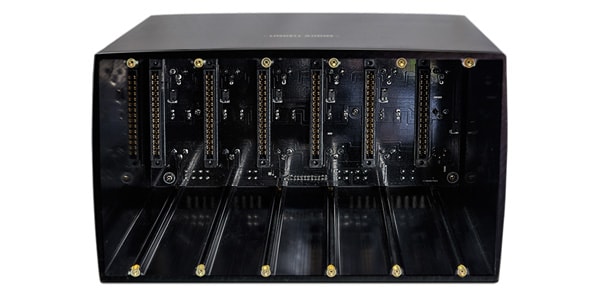
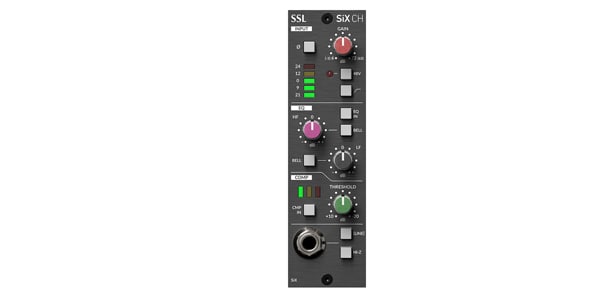
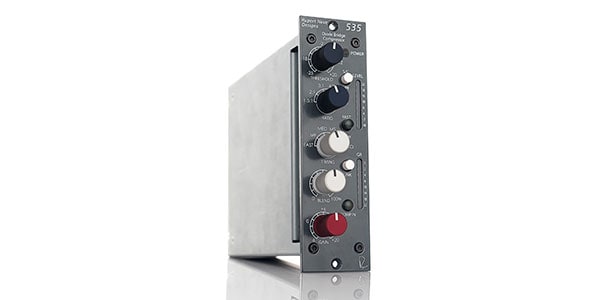











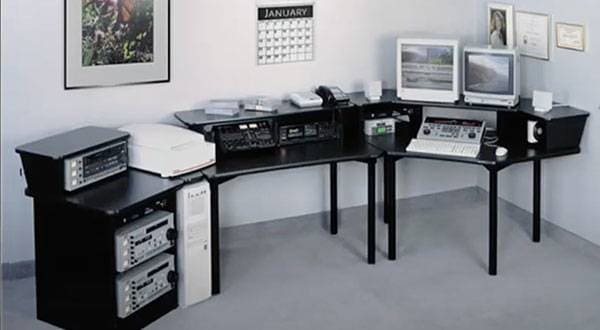
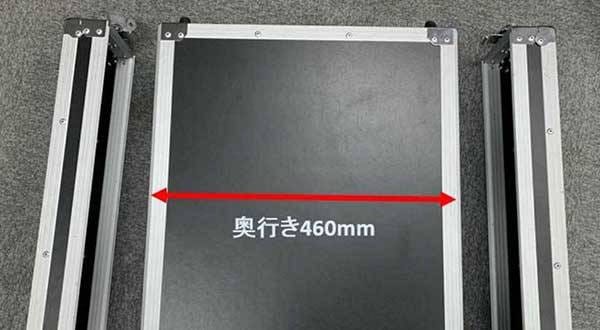
![What is a Drawer? - Rack Accessories Beginner Course [2025]](/contents/uploads/thumbs/2/2020/12/20201214_2_11845_1.jpg)
![What is a Blank Panel? - Rack Accessories Beginner Course [2025]](/contents/uploads/thumbs/2/2020/12/20201203_2_11702_1.jpg)
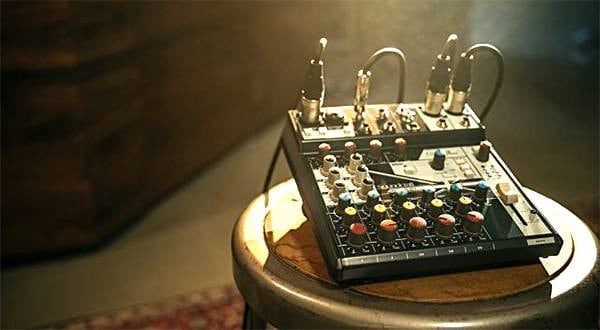
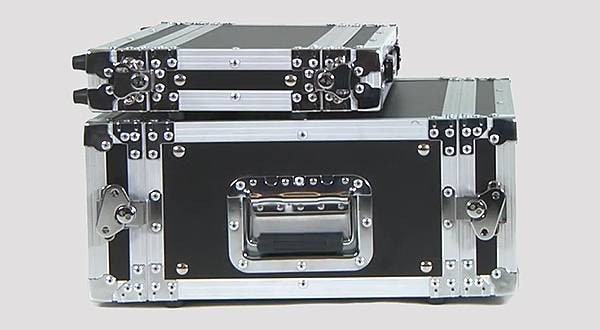
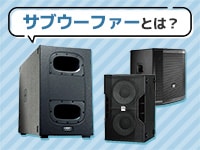 サブウーファーとは
サブウーファーとは
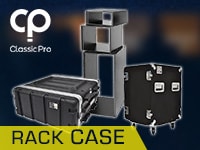 CLASSIC PRO ラックケース
CLASSIC PRO ラックケース
 コンデンサーマイクとは
コンデンサーマイクとは
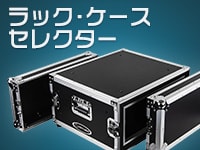 ラック・ケースセレクター
ラック・ケースセレクター
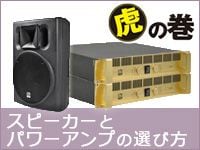 スピーカーとパワーアンプの選び方
スピーカーとパワーアンプの選び方
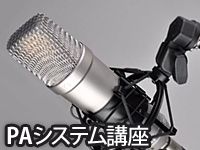 PAシステム講座
PAシステム講座















